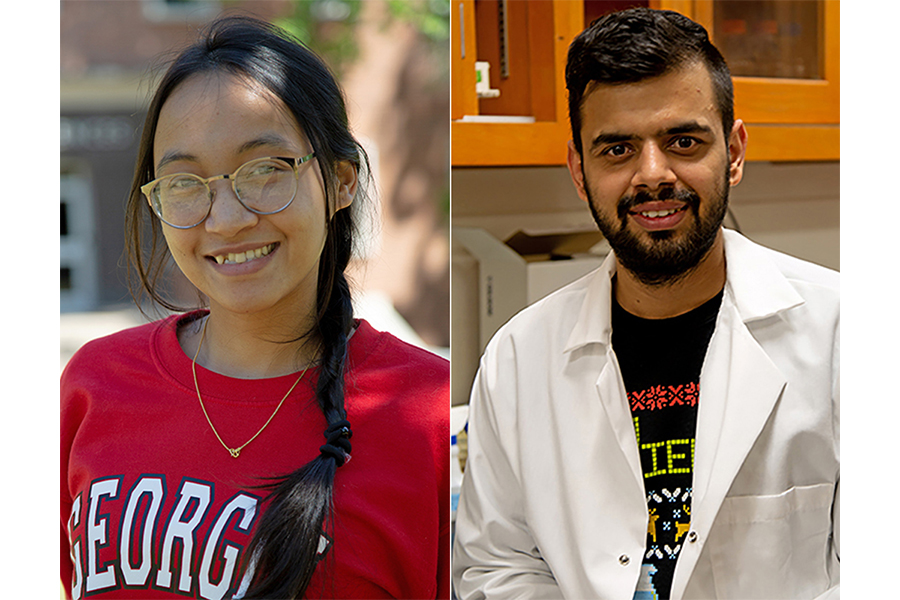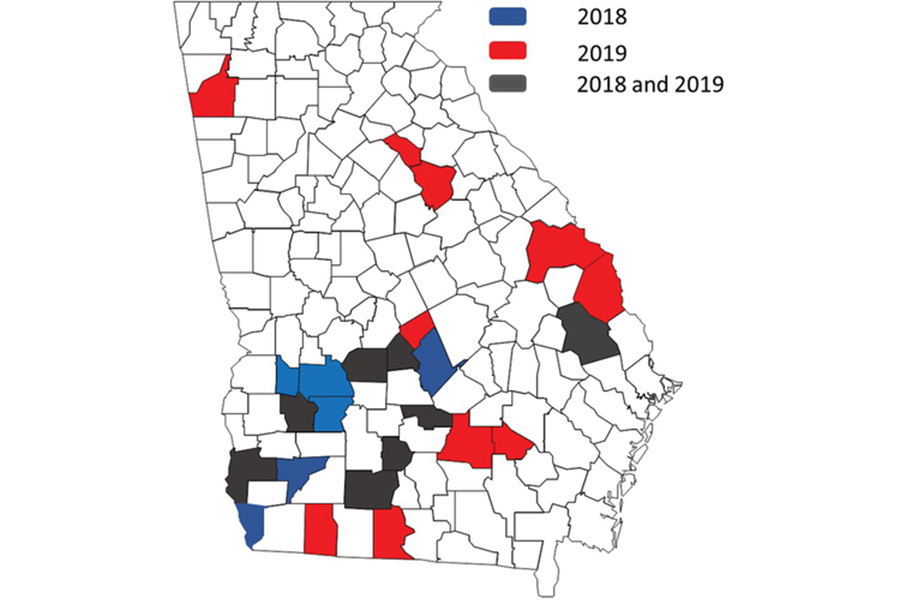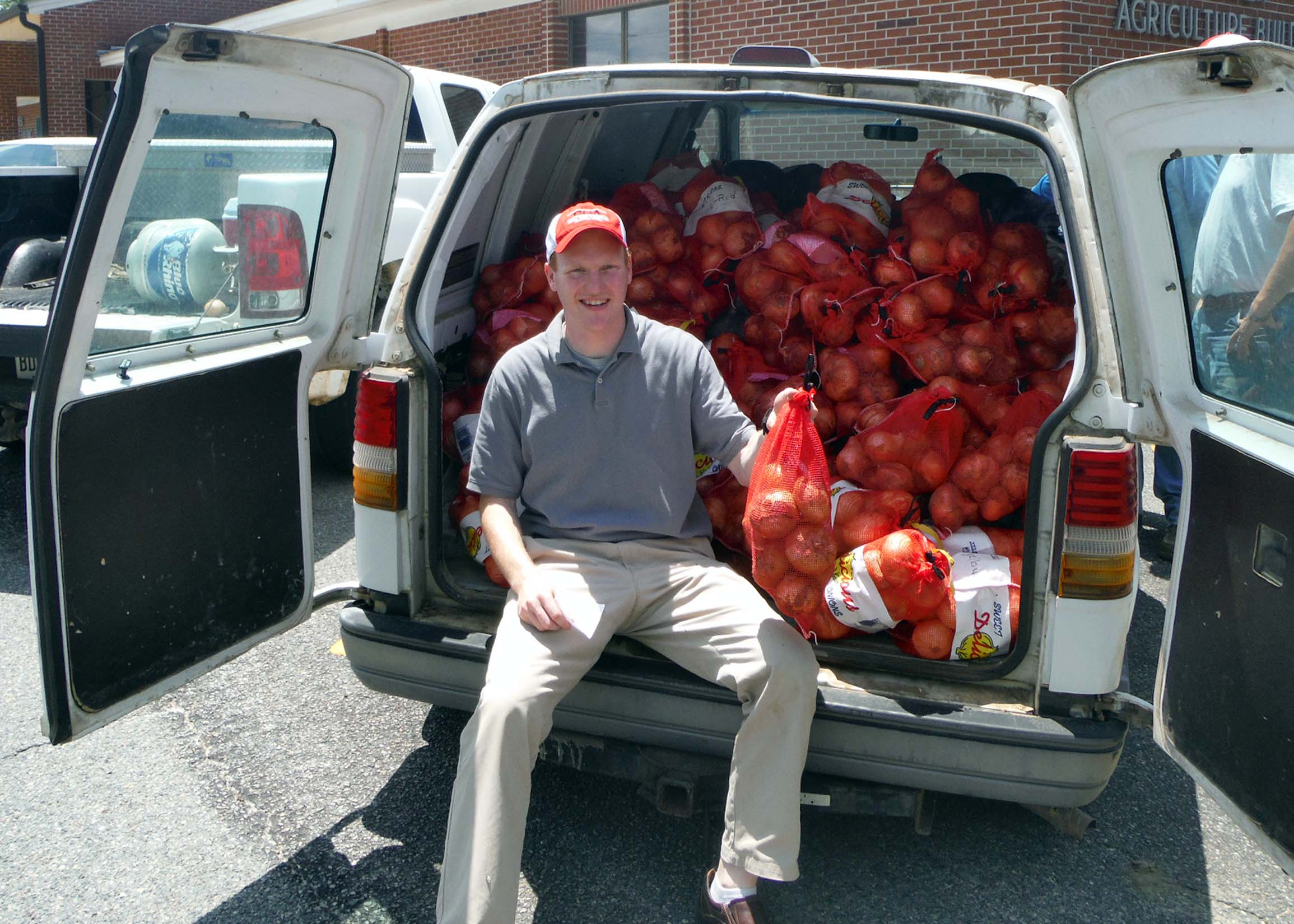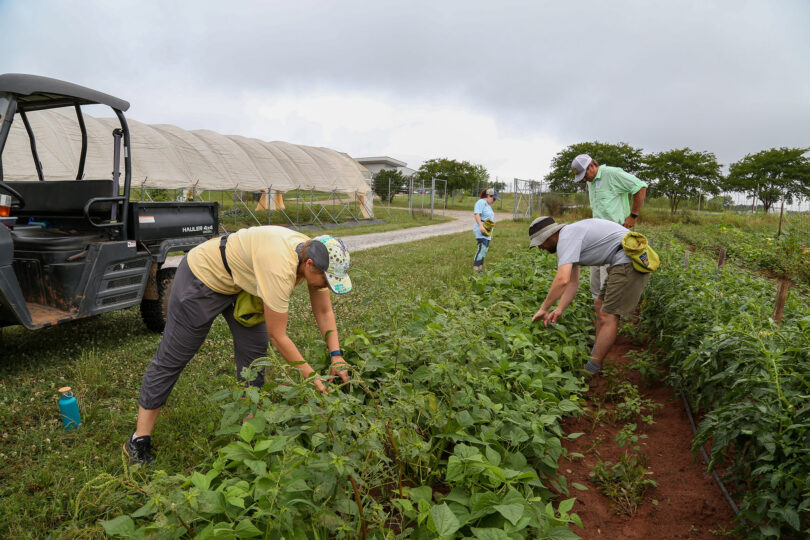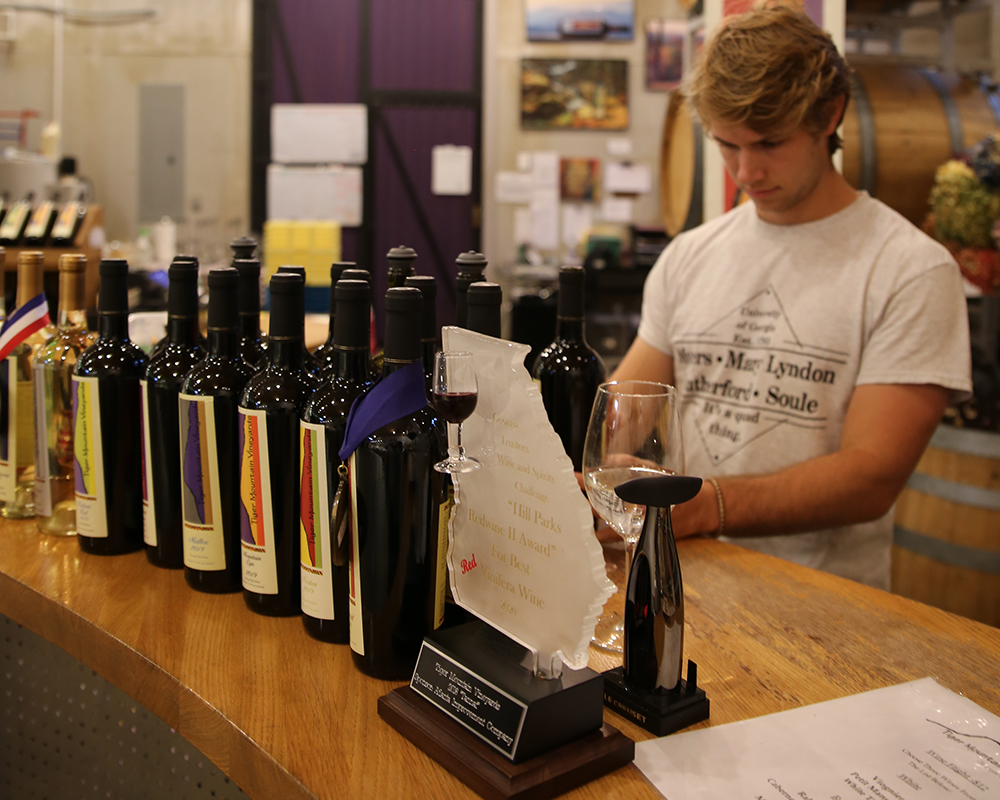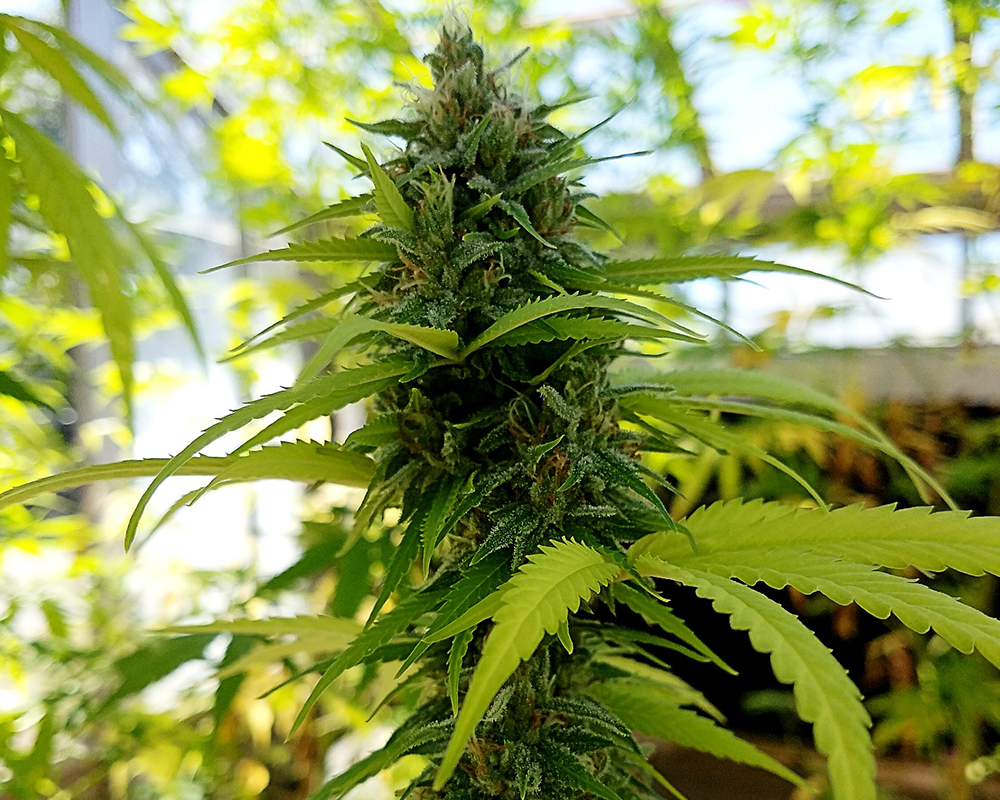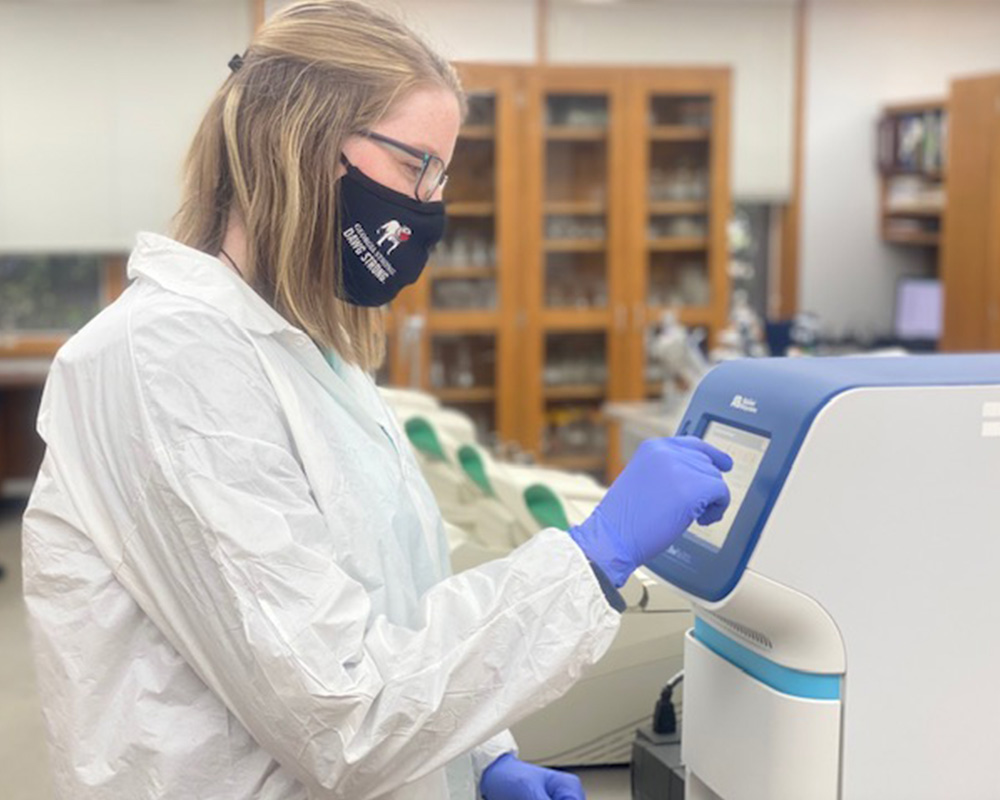.jpg) CAES News
CAES News
4-H Land Judging
More than 25 Georgia 4-H youth participated in the 2021 State Land Judging contest at the University of Georgia’s C.M. Stripling Irrigation Research Park in Camila, Georgia. Four counties from across the state brought teams to compete.

